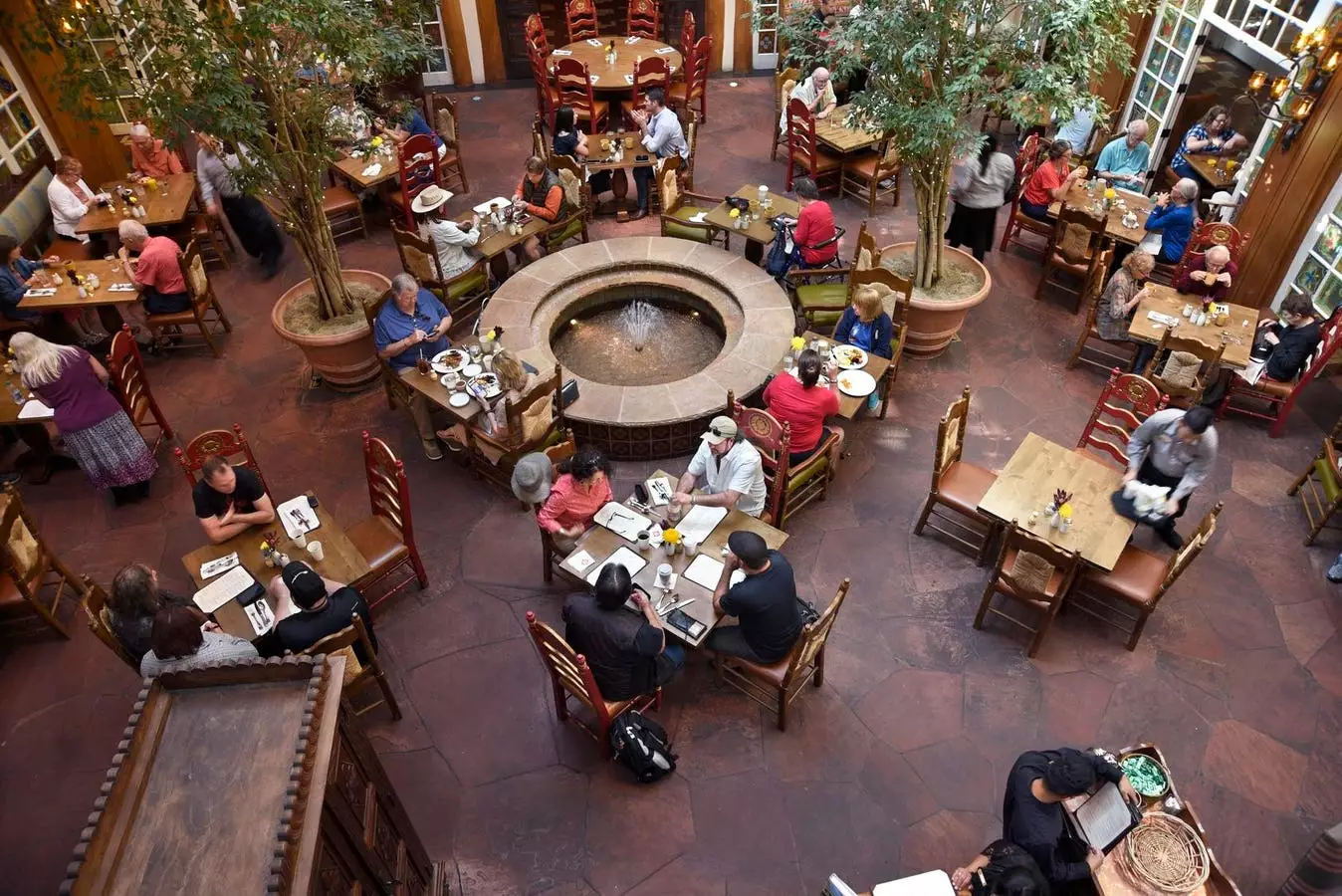The tumultuous experience of the COVID-19 pandemic transformed the restaurant industry in unprecedented ways, leaving an indelible mark that continues to shape its landscape as we step into 2024. As we gradually distance ourselves from the immediate threats posed by the pandemic, it is crucial to scrutinize the long-term ramifications that have affected labor dynamics, sales figures, and the overall operational framework of restaurants across America.
The early stages of the pandemic prompted drastic measures that led to widespread restaurant closures, with an estimated 100,000 establishments shutting their doors in just the first six months. This represented a staggering one in six restaurants in the United States—an alarming statistic that points to the vulnerability of the industry. For many, including firsthand witnesses like myself, the struggles faced by small business owners became evident as they navigated the tides of uncertainty and fear.
In terms of employment, the data from the U.S. Bureau of Labor Statistics (BLS) offers a vivid picture of the shifts that occurred during and following this tumultuous time. Pre-COVID, there were approximately 13.8 million restaurant employees. However, by 2020, this number plummeted to 11.6 million, a drop of 16% that underscored the fragility of restaurant jobs in a time of crisis. By 2023, the employment figures have seen recovery to 13.6 million, yet the composition of the workforce reflects a significant evolution.
A closer examination of the labor statistics reveals that while total employment has rebounded, the types of jobs within the industry have altered dramatically. The restaurant workforce is primarily divided into four categories: Supervisors, Cooks and Food Preparation, Food and Beverage Serving, and Other. Notably, the Serving category, which traditionally constituted a large segment of restaurant workforce, experienced a marked decline, particularly among waitstaff. The shift towards higher demand for Supervisors and Cooks indicates that post-pandemic operations have necessitated a more skilled workforce focused on efficiency and output.
Interestingly, the bartending segment emerged as the exception, witnessing growth despite the overall decline in Serving jobs. This abnormality speaks volumes about changing consumer preferences and the social dynamics at play as restaurants began to adapt to a new normal of dining experiences that combine in-person service with a hint of automation.
To further understand the industry’s trajectory, we turn to sales data, which paints an optimistic picture for restaurateurs. Following a dramatic drop to $663 billion in 2020, the restaurant industry not only rebounded but exceeded pre-pandemic sales figures, reaching a record $981 billion in 2023. Projections suggest that 2024 might even surpass the $1 trillion mark, setting a highly ambitious benchmark for future growth.
This surge in sales can be partially attributed to an increased focus on spending ‘Food-Away-From-Home.’ Notably, in 2023, over 58% of consumer food expenditures shifted to dining out, marking an all-time high. Such a shift reflects deeper societal changes and a recognition of the value and preference among consumers for convenience and experience over traditional home dining.
The pandemic played a pivotal role in expediting the adoption of technology in the restaurant sector, particularly concerning online ordering and delivery systems, which grew by an impressive 115% from 2020 to 2023. This technological advancement not only streamlined the ordering process but also reduced reliance on servers, leading to a redistribution of labor within restaurants. Touch-free options and self-ordering kiosks increased efficiency, enabling restaurants to employ fewer employees in serving capacities while reallocating resources to cooking and food preparation.
Despite this positive momentum in the front-end operations of restaurants, the kitchen remains an area yet to fully embrace automation. Attempts to introduce robotics and tech solutions have had mixed results, with companies like Zume Pizza and Spyce Robotics facing challenges that ultimately led to their closures or acquisitions. However, notable chains like Chipotle and Sweetgreen are actively piloting robotic solutions, hinting at a promising future where kitchen automation could redefine operational efficiencies.
The Future: Challenges Ahead and Innovations Needed
As the industry strives for a sustainable future, it faces several challenges, including increasing wages and rising food costs. Addressing these issues will require innovative solutions that enhance productivity without sacrificing job opportunities or the quality of service. Embracing new kitchen technologies could be key to unlocking greater efficiencies while supporting a stronger labor market—shifting the focus from simple order-taking to more complex roles that can adapt to rapidly evolving consumer demands.
The evolution of the restaurant industry post-COVID-19 exemplifies a resilient yet challenging journey marked by significant shifts in labor dynamics, sales growth, and technological innovation. As restaurants adapt and redefine themselves, the lessons learned from this unprecedented period will likely continue to inform their strategies for success in the dynamic landscape of American dining.


Leave a Reply